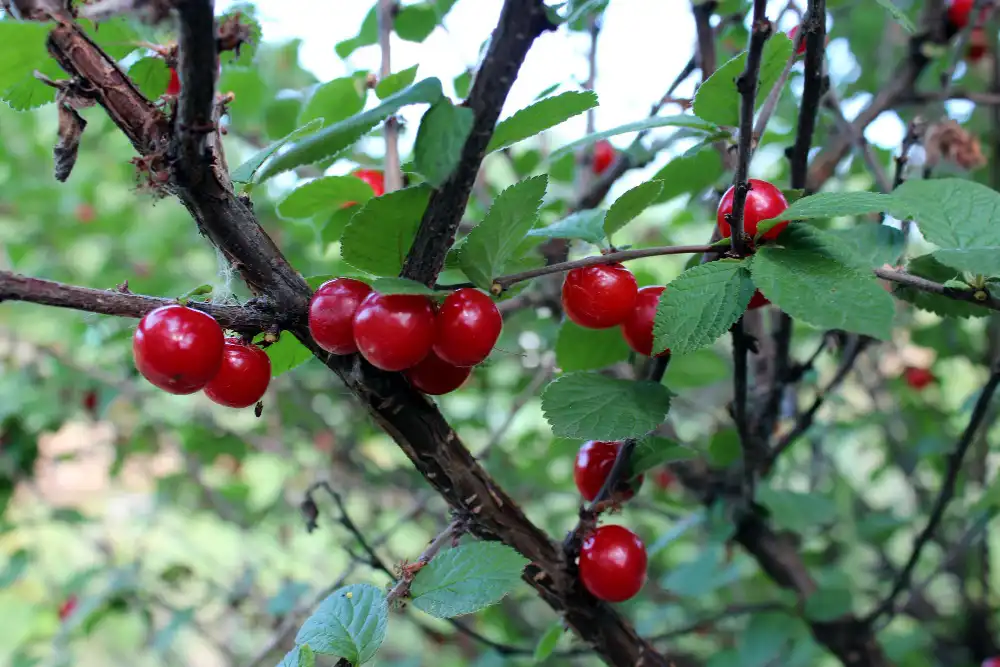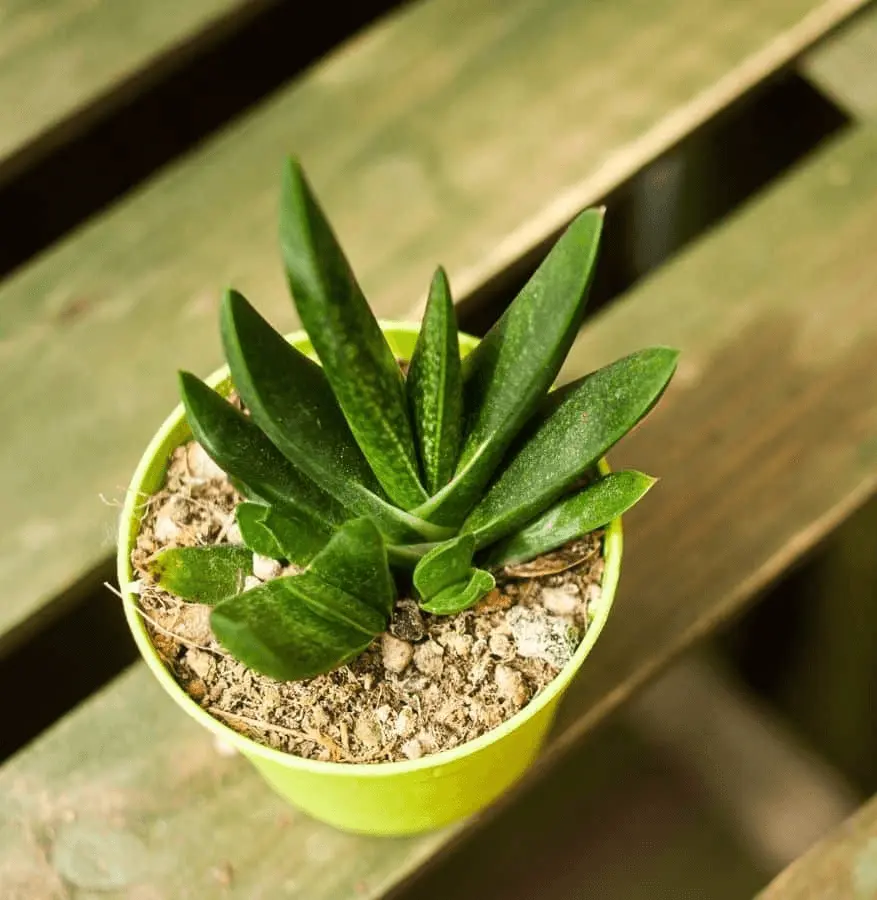
Soil Health & Fertilization
We unite suppliers and green industry professionals worldwide
Nanking Cherry (Prunus tomentosa) is a fruiting shrub that deserves a starring role in both edible and ornamental landscapes. This hardy deciduous species delights with pale pink-white blooms in spring, followed by a heavy crop of bright red cherries.
By Mariam Scott
|Published on June 12, 2025


“What if the first burst of summer flavor came not from a tree, but from a humble shrub in your backyard?”
That’s the delicious promise of the Nanking Cherry (Prunus tomentosa), an overlooked fruiting shrub that deserves a starring role in both edible and ornamental landscapes. Originating from Asia, this hardy deciduous species delights with pale pink-white blooms in spring, followed by a heavy crop of bright red cherries—sweet, tart, and perfect for fresh snacking or homemade jams.
The Nanking Cherry is beloved for its cold hardiness, adaptability and early fruiting, making it a favorite among northern gardeners seeking to tap into the potential for adding fruit to their harvest. It also serves as a lovely hedge, windbreak or wildlife magnet. Easy to grow and surprisingly low-maintenance, this is a plant that gives back far more than it asks for.
| Common Name | Nanking Cherry |
| Botanical Name | Prunus tomentosa |
| Type | Deciduous shrub |
| Height/Spread | 6 to 10 feet tall and wide |
| Sunlight | Full sun |
| Soil | Loamy or sandy well-drained soil |
| Watering | Moderate |
| Toxicity | Non-toxic |
| Hardiness Zones | 2-7 |

September 25, 2025
9 minute read
September 24, 2025
9 minute read
September 23, 2025
10 minute read
September 22, 2025
9 minute read


Join as a seller and connect with thousands of B2B buyers nationwide!
Sign Up

Eastern Hemlock
Eastern Hemlock is an unusual conifer that doesn’t need lots of sun and which offers gardeners soft, cascading needles and a timeless woodland vibe. Whether you plant it as a singular statement tree, or in groups to create a privacy screen, this graceful

Gasteria
Like the cactus, this small perennial succulent plant stands out in the garden with its thick, tongue-shaped thick leaves and mottled pattern but is much slower growing.

False Sunflower
False Sunflower, also known as Heliopsis helianthoides, delivers exactly that—cheerful, golden-yellow flowers that brighten any sunny garden corner or patio.

Geranium
The Geranium is one of the most popular landscape plants in the world, prized for its colorful blooms, fragrant foliage and ease of care. In colors from pinks and reds to whites and purples, they enliven any space. They’re versatile, too; great as border
The Nanking Cherry shrubs are also reliable producers in cold climates, and they tolerate poor soil, drought, and pests better than most of our fruit trees. They flower early in spring and fruit in early to midsummer — all without constant attention or spraying. They do best in full sun and well-drained soil, and once established they will reward you with years of fragrant flowers and edible fruits with little maintenance.
These shrubs crave sunlight. They thrive in full sun — a minimum of 6 to 8 hours a day — for vigorous growth and abundant fruit. Without adequate light, they risk getting leggy and producing fewer flowers and berries.
Nanking Cherries thrive in well-drained, sandy or loamy soils but are quite adaptable. They can tolerate a wide pH range, but prefer slightly acidic to neutral soils (approximately 6.0 to 7.5). Avoid planting in heavy clay or consistently soggy conditions, which can lead to root problems.
Water deeply but infrequently, especially during the first year of establishment. Full-grown shrubs have reasonable drought tolerance but will set better fruit if irrigated during dry stretches.
In dry periods:
A layer of mulch helps conserve moisture and regulate soil temperature.
Light annual pruning of Nanking Cherry is being performed to maintain shape and stimulate productive growth. Prune in late winter or early spring before the shrub breaks dormancy.
Remove any dead, damaged, or crossing branches to open up the center and allow for increased air flow. As the plant ages, you can also thin out old branches toward the base, allowing for new growth.
* Heavy pruning may decrease fruiting, so avoid this.
It is usually propagated from seeds or softwood cuttings.
Usually these are groundplants, but Nanking Cherry can be grown in large containers with the right care:
Container-grown plants may not grow as large or produce as heavily, but they still offer lovely flowers and a modest crop.
It needs no special winter care in its desired hardiness zones. In fall it naturally drops its leaves and goes into dormancy. For colder zones, moving the potted plant to a sheltered area or wrapping it with straw or burlap should help keep those roots cozy. Don’t overwater in winter — let the soil dry out between waterings.
One of the earliest shrubs to bloom in spring, Nanking Cherry puts on a beautiful show of pale pink or white flowers along bare branches—often before the leaves appear. The fragrant blooms are highly attractive to pollinators, especially bees.
The flowers usually come in early to mid-spring and the fruit a few months later, by early summer. Though the shrub is self-fertile, planting more than one increases pollination and enhances yield.
Nanking Cherry is fairly pest-resistant, but it does share a few issues like most plants:
Most issues are minor and don’t seriously harm the plant.
Nanking Cherry brings beauty, flavor, and pollinator value together in a resilient and rewarding shrub. With its early-season flowers and tart summer fruit, it’s an excellent choice for edible landscapes or ornamental borders. Whether you’re cultivating a backyard orchard or planting a city garden, this plant will astonish and delight you year after year.
Although it is self-fertile, you will enjoy better yields with cross-pollination from a second shrub.
Typically in early to mid-summer, soon after flowering.
After 2–3 years after planting the plants will usually begin to fruit.
Yes! The tart-sweet, jewel-red cherries are excellent for fresh eating, pies, and preserves.

Soil Health & Fertilization
Victor Miller

Pest Identification & Prevention
Victor Miller

Lawn Care Tips & Maintenance
Victor Miller

Soil Health & Fertilization
Victor Miller

Smart Irrigation Systems
Victor Miller

Patios, Walkways & Driveways
Victor Miller

Soil Health & Fertilization
Victor Miller

Pest Identification & Prevention
Victor Miller
My Account
Our team is always here to help.
We are open Monday - Friday, 9:00 AM to 4:30 PM PST.